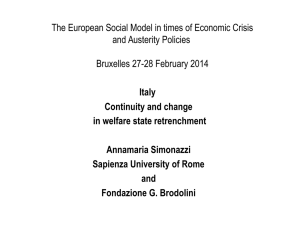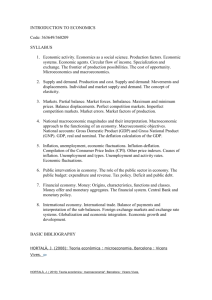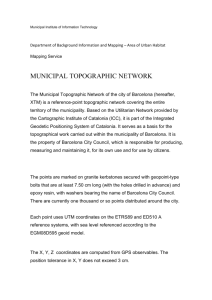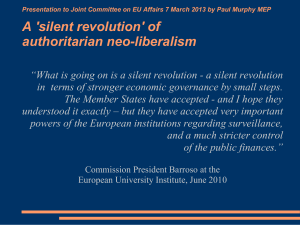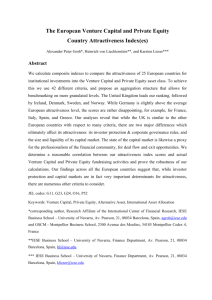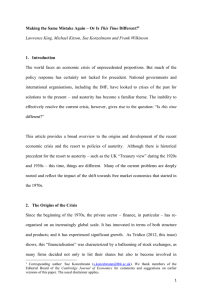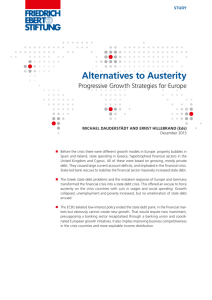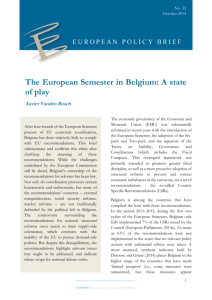The global financial crisis represents also a window of opportunity
advertisement
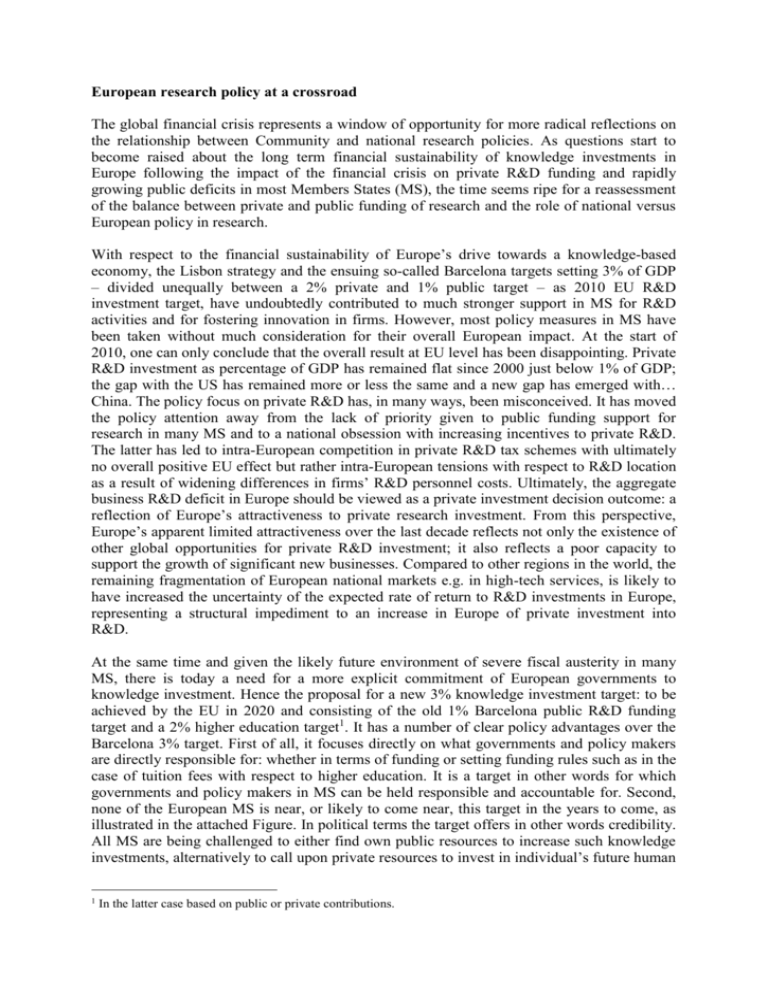
European research policy at a crossroad The global financial crisis represents a window of opportunity for more radical reflections on the relationship between Community and national research policies. As questions start to become raised about the long term financial sustainability of knowledge investments in Europe following the impact of the financial crisis on private R&D funding and rapidly growing public deficits in most Members States (MS), the time seems ripe for a reassessment of the balance between private and public funding of research and the role of national versus European policy in research. With respect to the financial sustainability of Europe’s drive towards a knowledge-based economy, the Lisbon strategy and the ensuing so-called Barcelona targets setting 3% of GDP – divided unequally between a 2% private and 1% public target – as 2010 EU R&D investment target, have undoubtedly contributed to much stronger support in MS for R&D activities and for fostering innovation in firms. However, most policy measures in MS have been taken without much consideration for their overall European impact. At the start of 2010, one can only conclude that the overall result at EU level has been disappointing. Private R&D investment as percentage of GDP has remained flat since 2000 just below 1% of GDP; the gap with the US has remained more or less the same and a new gap has emerged with… China. The policy focus on private R&D has, in many ways, been misconceived. It has moved the policy attention away from the lack of priority given to public funding support for research in many MS and to a national obsession with increasing incentives to private R&D. The latter has led to intra-European competition in private R&D tax schemes with ultimately no overall positive EU effect but rather intra-European tensions with respect to R&D location as a result of widening differences in firms’ R&D personnel costs. Ultimately, the aggregate business R&D deficit in Europe should be viewed as a private investment decision outcome: a reflection of Europe’s attractiveness to private research investment. From this perspective, Europe’s apparent limited attractiveness over the last decade reflects not only the existence of other global opportunities for private R&D investment; it also reflects a poor capacity to support the growth of significant new businesses. Compared to other regions in the world, the remaining fragmentation of European national markets e.g. in high-tech services, is likely to have increased the uncertainty of the expected rate of return to R&D investments in Europe, representing a structural impediment to an increase in Europe of private investment into R&D. At the same time and given the likely future environment of severe fiscal austerity in many MS, there is today a need for a more explicit commitment of European governments to knowledge investment. Hence the proposal for a new 3% knowledge investment target: to be achieved by the EU in 2020 and consisting of the old 1% Barcelona public R&D funding target and a 2% higher education target1. It has a number of clear policy advantages over the Barcelona 3% target. First of all, it focuses directly on what governments and policy makers are directly responsible for: whether in terms of funding or setting funding rules such as in the case of tuition fees with respect to higher education. It is a target in other words for which governments and policy makers in MS can be held responsible and accountable for. Second, none of the European MS is near, or likely to come near, this target in the years to come, as illustrated in the attached Figure. In political terms the target offers in other words credibility. All MS are being challenged to either find own public resources to increase such knowledge investments, alternatively to call upon private resources to invest in individual’s future human 1 In the latter case based on public or private contributions. capital. By leaving the latter to the individual choices of MS, the target provides also sufficiently political freedom to MS to decide how they intend to try to achieve the target by 2020. Turning now to the implications of the crisis for the intervention logic of Community versus national research policy and for the balance in Community research policy between competition versus cooperation in allocating resources, it seems appropriate to also push here reflections in a more radical direction. Given the fragmented responses to the financial crisis, by and large dominated by MS’ own interests, how can Community research policy play an effective catalyst role with respect to MS’s national research policies? How can new instruments such as the ERC and the EIT, introduced as new Community research policy tools well before the crisis, take on a more structuring role over the years to come, providing the EU with direct instruments to restructure the fragmented European research landscape towards a truly European Research Area (ERA)? It is clear that as fiscal pressures mount in each MS, the effectiveness of many national (and regional) research funding agencies operating within the sometimes relatively narrow geographical boundaries of their domestic national, sometimes regional research area, is likely to become increasingly scrutinized. From this perspective, the future, post-crisis MS landscape of fiscal austerity offers actually opportunities for a truly European based “common” research policy: a new era for the ERA. A new 3% target 4.00 3.50 3.00 2.50 2.00 1.50 1.00 0.50 C US an ad Ko a r Fi ea nl Sw and e Au d en st r D ali a en m N Ic a rk ew e Ze land al an d O EC Fr D an c N Aus e et t r he ia rl a nd Ja s pa U ni n te d EU Ki 27 ng C ze Po dom ch rtu R ga ep l G u bl er i c m a Be ny lg iu Po m la n Sp d H a in un ga Ire ry la Sl nd ov ak I t R al y ep ub lic 0.00 Government-financed R&D Tertiary education - publicly funded Tertiary education - privatly funded
